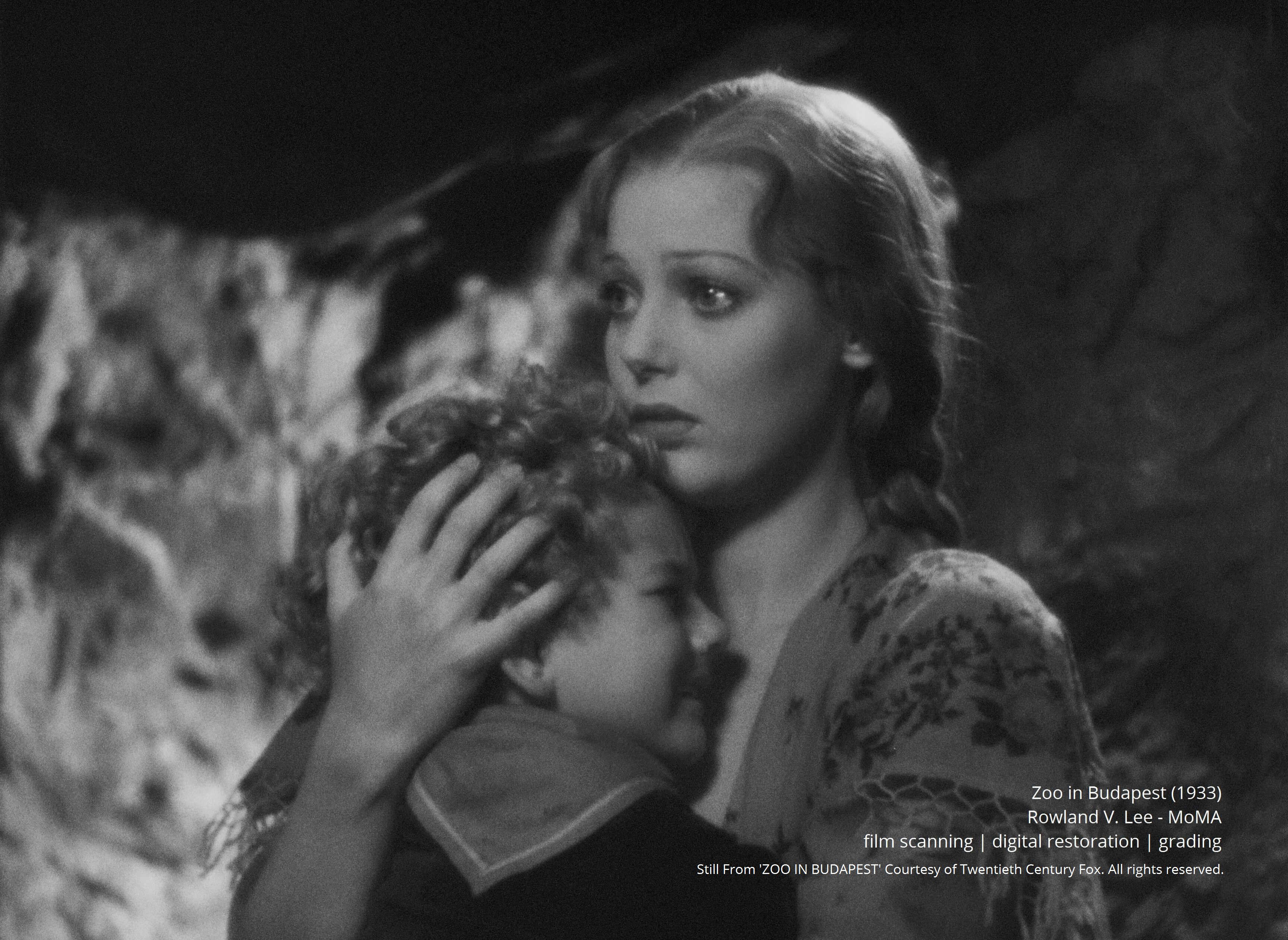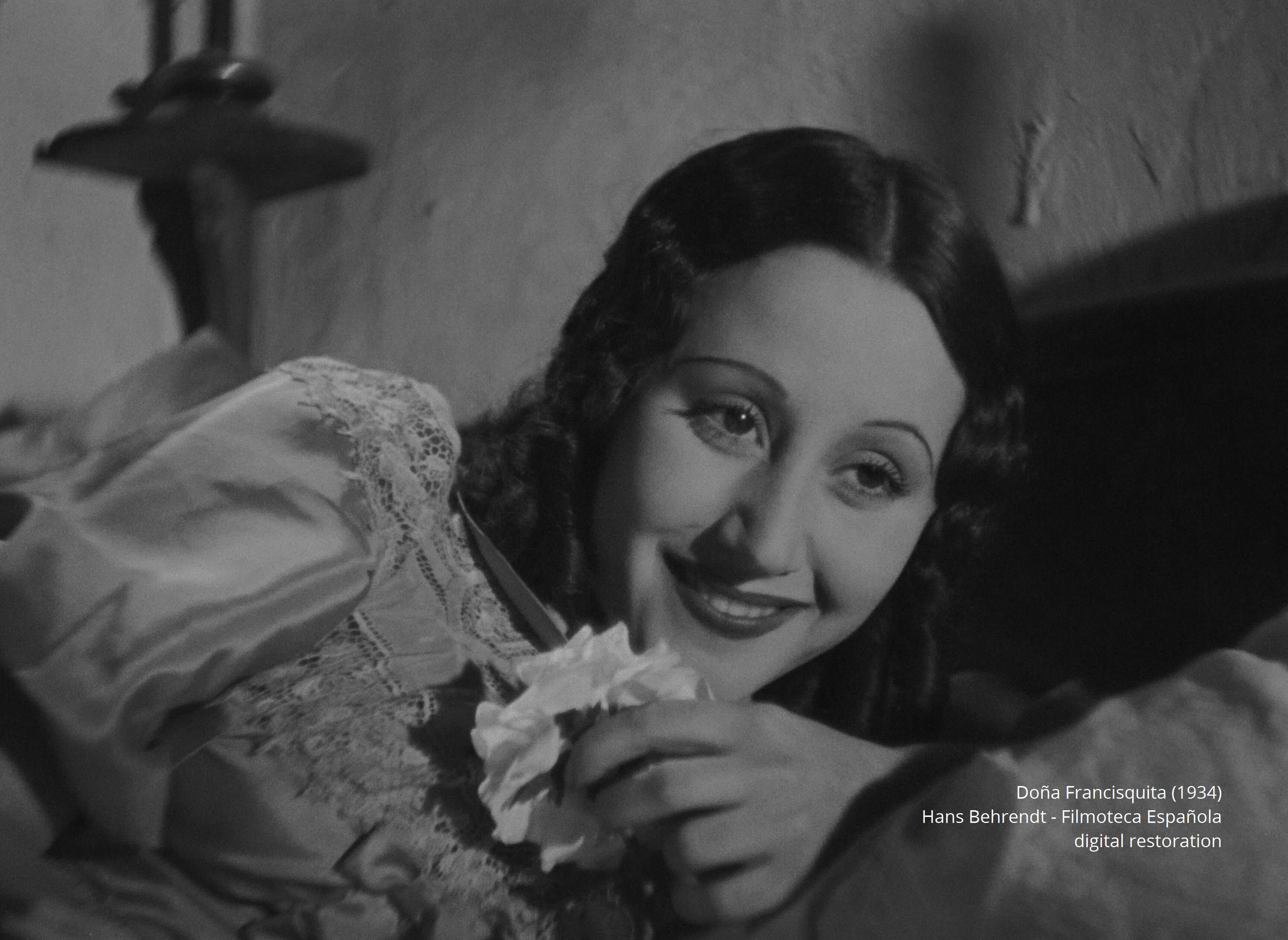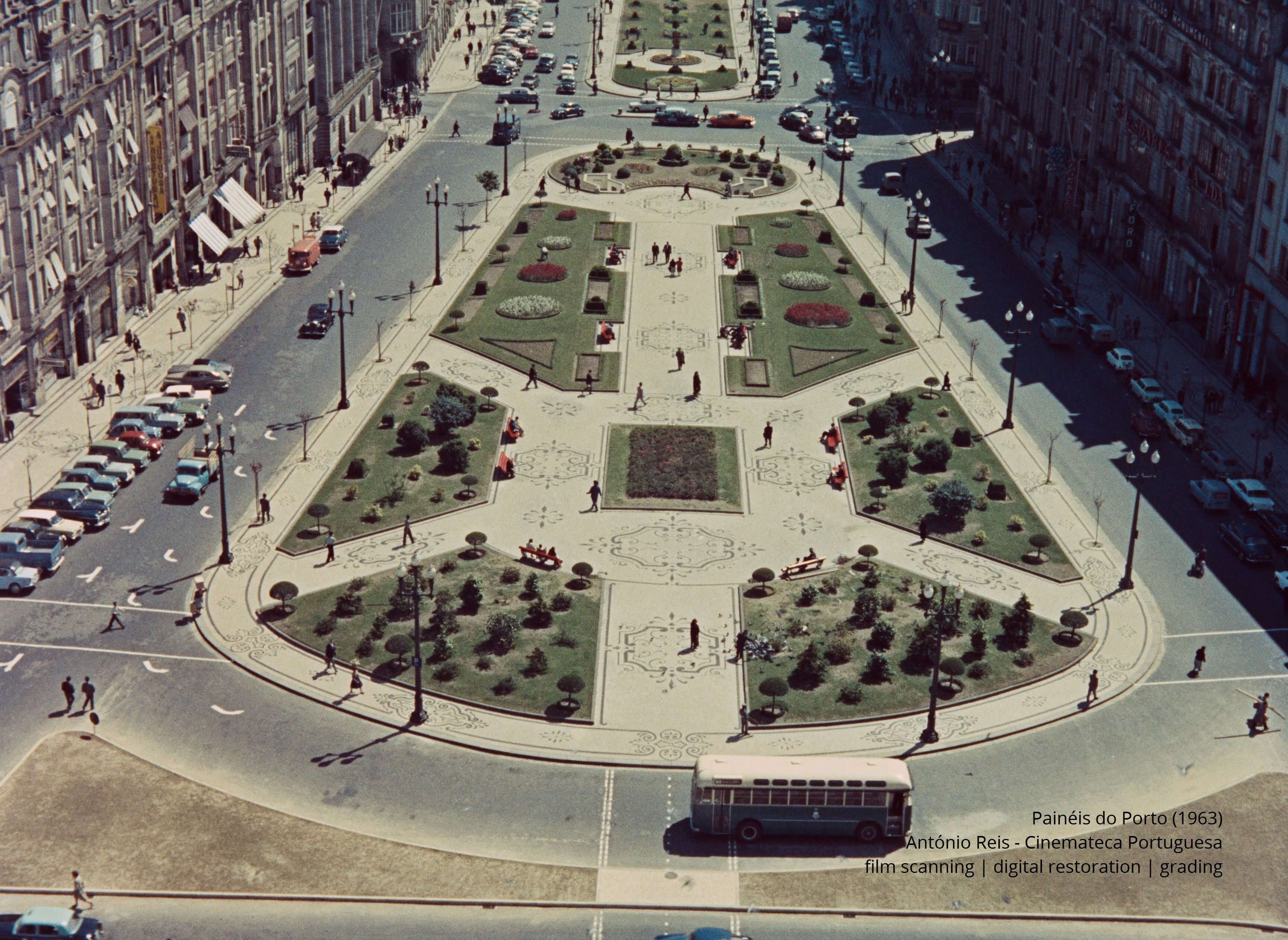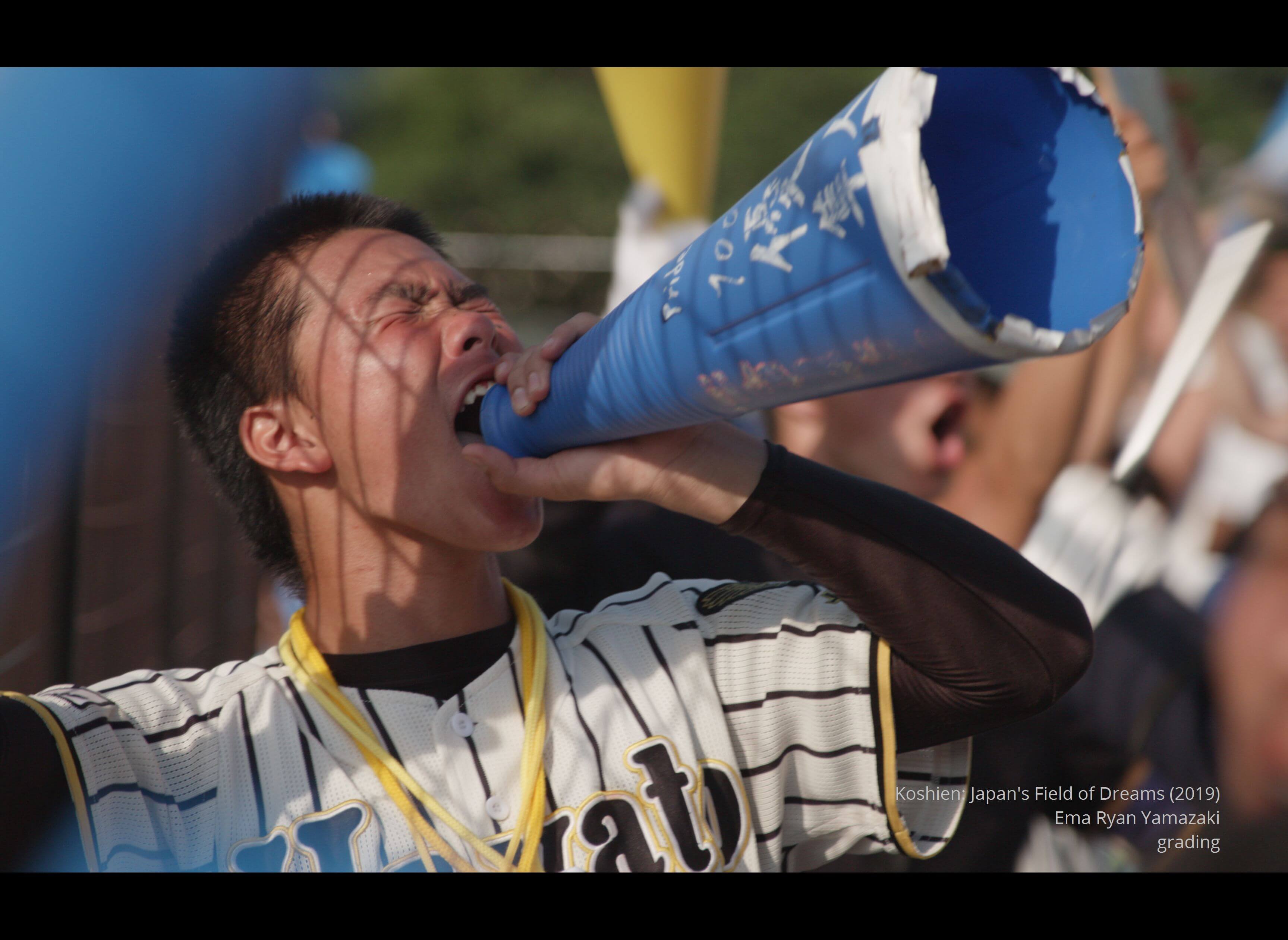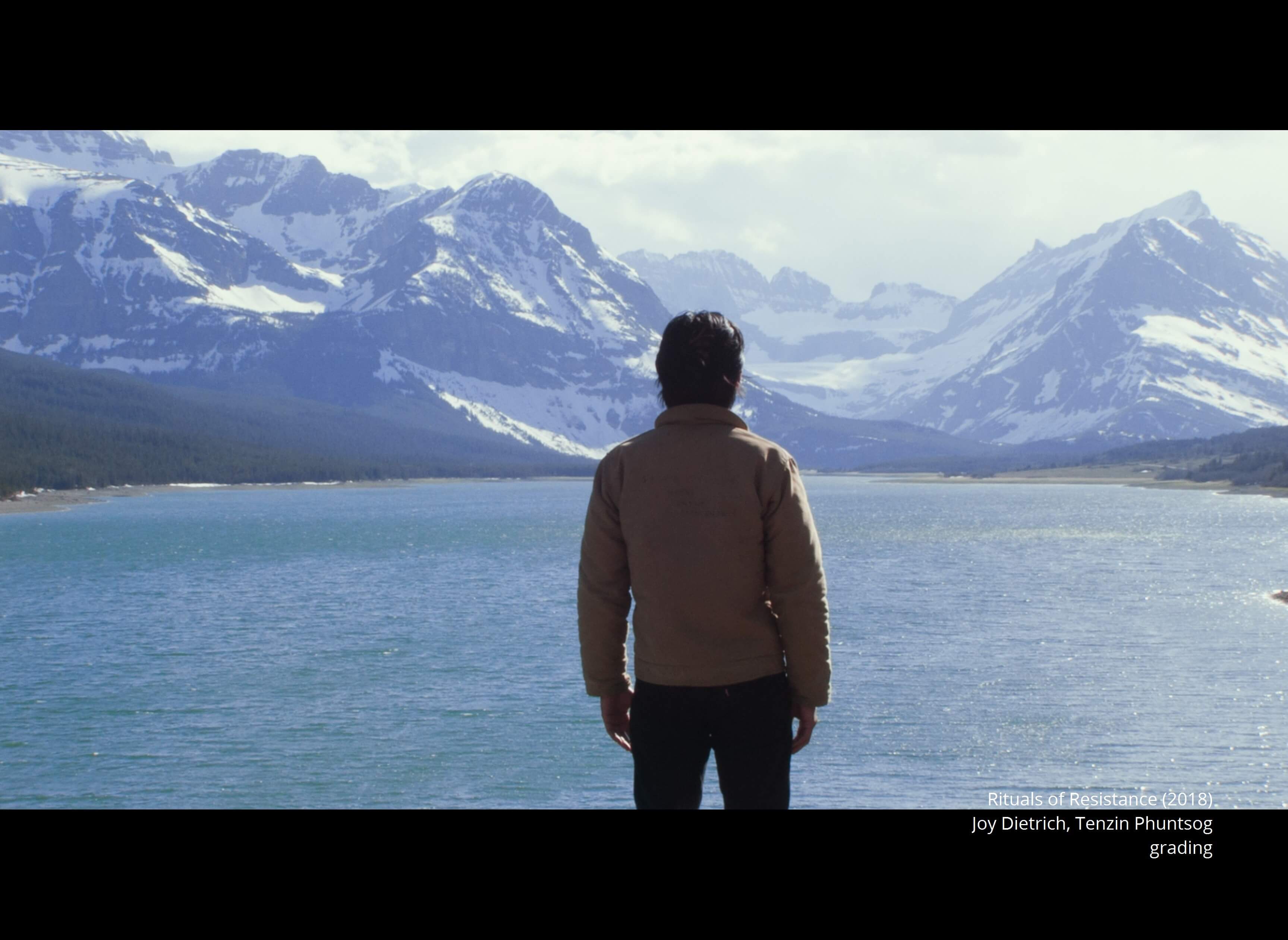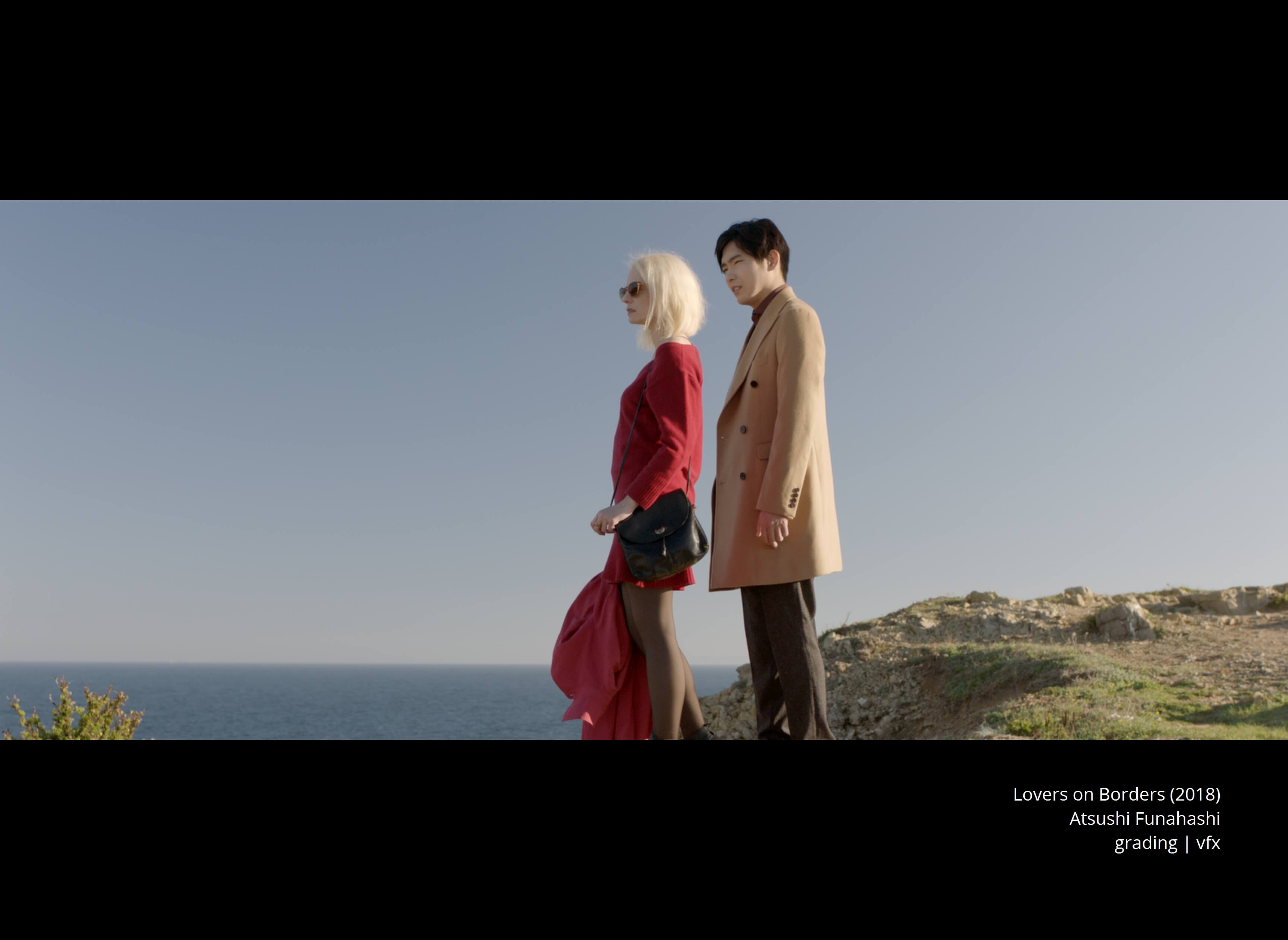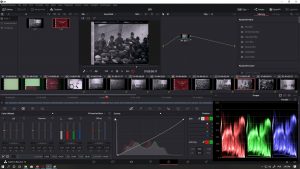About Us
Cineric Portugal is a collaboration between Cineric Inc, based in New York, and Cinemateca Portuguesa, based in Lisbon.
Cineric Inc. is one of the industry’s finest film restoration and preservation house, fusing traditional photochemical processes with the latest in digital technology. It is also New York’s leading provider of optical effects and blow-ups, scanning, image processing, digital intermediates, and a host of other post-production services. The facility has restored and preserved over 1,000 films, and early credits include American Graffiti, Jason and the Argonauts, The Birds, Funny Girl, and The Caine Mutiny.
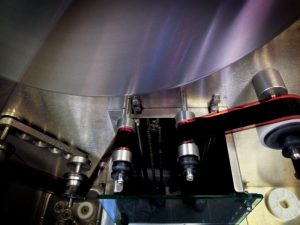 At ANIM, the archive portion of the Cinemateca, there has been a full photochemical restoration laboratory since 1998, working for a number of archives around Europe and South America as well as preserving their internal work. The culture of archival film handling and lab work provided a perfect match with Cineric, who was looking for a base to offer digital services in Europe. The advantages were obvious of having a facility build to handle nitrate film, as well as the possibilities to combine the best elements of analog and digital restoration as needed.
At ANIM, the archive portion of the Cinemateca, there has been a full photochemical restoration laboratory since 1998, working for a number of archives around Europe and South America as well as preserving their internal work. The culture of archival film handling and lab work provided a perfect match with Cineric, who was looking for a base to offer digital services in Europe. The advantages were obvious of having a facility build to handle nitrate film, as well as the possibilities to combine the best elements of analog and digital restoration as needed.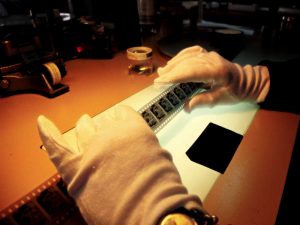
Our digital restoration facility is located in Alvalade, Lisbon. Besides digital restoration, our team has a strong background in film handling, film history and film preservation, and also in post-production, visual effects and digital compositing. From our inception in 2014, we’ve scanned, restored and graded over a hundred films, with a wide range of formats and difficulty levels, for clients from all over the world.
Our strength lies in our flexibility. We learn about each client’s needs and customize our workflow to fulfill them. We are constantly developing new tools in-house and testing technology as it becomes available in order to stay competitive.
Film Scanning
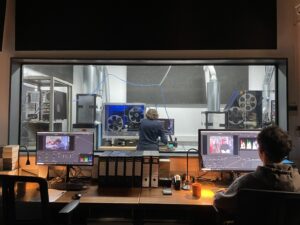 A digital restoration begins with the scan and if this step is miss-handled, you are starting out at a disadvantage. With this in mind, we build our own film scanners and write our own software to assure that we have the cleanest, sharpest and most stable image possible, and with the density range of the original material competently captured.
A digital restoration begins with the scan and if this step is miss-handled, you are starting out at a disadvantage. With this in mind, we build our own film scanners and write our own software to assure that we have the cleanest, sharpest and most stable image possible, and with the density range of the original material competently captured.
- We scan 4k resolution (or higher if needed) on an optical printer bed, which means we can zoom the image to fill the sensor, be it 8mm or Vistavison.
- We scan everything wetgate, a process that fills in any surface defects with a fluid that has the same refractive index as the base of the film and stops them scattering light, essentially making them invisible. This greatly reduces the amount of digital cleanup necessary, resulting in a less processed image.
- Because of the liquid gate, we can also use collimated light, which improves the definition of the scan.
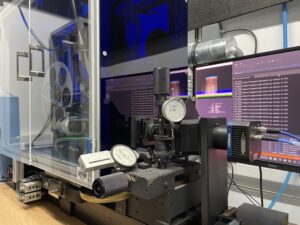
- Our gates are pin registered and adjustable to most any shrinkage to assure a steady image and to avoid post stabilization.
- We have a range of film gates and sprockets that we build ourselves such as 8mm, super8, 16mm, super16 , techniscope, three pref, 35mm, vistavision, 55mm and 65/70mm. With a suitable volume of material we can build the gate for the format.
- HDR scanning. We capture the full range of high density materials such as nitrate prints and kodachrome originals.
Digital Restoration
Once the film is scanned, there are a number of tools that can be applied to bring the image back to how it was originally meant to be seen, and it is really a case by case process of how much of what should be applied. The ultimate aim is to produce a digital image without defects that can be viewed as film.
We focus on fixing the deterioration damages from normal wear and tear and from the passage of time: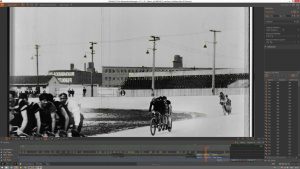
- Instability brought along by the different lab processing stages, the shape of the film, or even by the scanning process.
- Warping from shrunken material or from storage conditions and previous exposure to the elements.
- Flicker or unpredictable fluctuations in luminance that are visible inside the frame. It can originate from early lab processing – multiplied, when several generations in.
- Dirt, dust and scratches. They vary with the wear and tear of the copy and its previous duplications.
- Splices. Tape and instability caused by jumps in the scanning process.
- Color fading and color breathing, caused by storage conditions and warm temperatures.
- Mould, consequence of storage humidity.
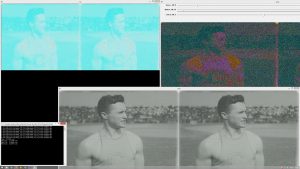
- Noise and grain. We feel that the grain is in the heart of the film, and we make sure that it’s digital counterpart has the same life.
For digital restoration we use almost every software package available on the market: mostly HS-Art Diamant, but also DaVinci Revival, Pixel Farm Clean, Fusion, and Dark Energy. We also develop tools in-house, such as our proprietor software to remove mould from scanned film.
Grading
Our colour correction suite is equipped with a DCI compliant Barco projector DP2k-12 Alchemy and a four metre screen with the appropriate reflectivity index for the room dimensions. The projector is regularly calibrated with Truelight colour space management in order to guarantee colour precision and fidelity in different colour spaces.
- We have lookup tables that emulate the response of different print stocks in order to recreate the original look of exhibition prints, be it in colour or B&W.
- Our grading process aims to simulate the analog methods of density and colour correction of the film. Whenever is necessary to correct problems of dye fading and poor duplication, we use the gamut of digital tools in order to bring back the original colours.
Grading New Projects
- We use the full potential of our digital tools in order to convey the message and the emotions of our clients’ work.
- We grade in different colour spaces simultaneously, namely P3 for cinema and Rec709 for television.
- We offer different entry lookup tables so that we can easily arrive at the desired look.
Renting our Grading Suite
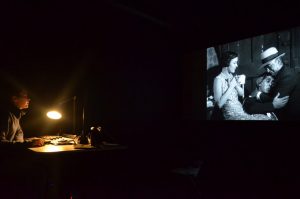 In addition to our colour grading services, we also rent our screening room for both private screenings and external color grading projects.
In addition to our colour grading services, we also rent our screening room for both private screenings and external color grading projects.
Our specs:
- Barco projector DP2K-12C Alchemy, with DCP loading
- Four metre screen
- 2048×1080 2K-DCI output
- 5.1 surround sound system, for reference
- Da Vinci Resolve 16 sofware
- Fuze-Clipster Station
- LTO-7 Ultrium Tape Drive
- Tangent Element Control Panel
We can deliver an image in most any format needed digitally, in an archival and distribution form, or recorded back to film.
Lisbon
Any inquires you may have can be directed to info@cineric.pt
Our address is:
Cineric Portugal
Rua João Saraiva
nº28A, 3º Fundo
1700-250, Lisboa
(+351) 211 965 268
